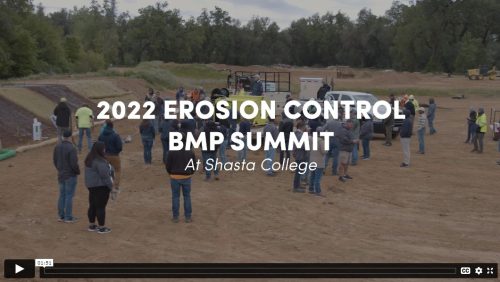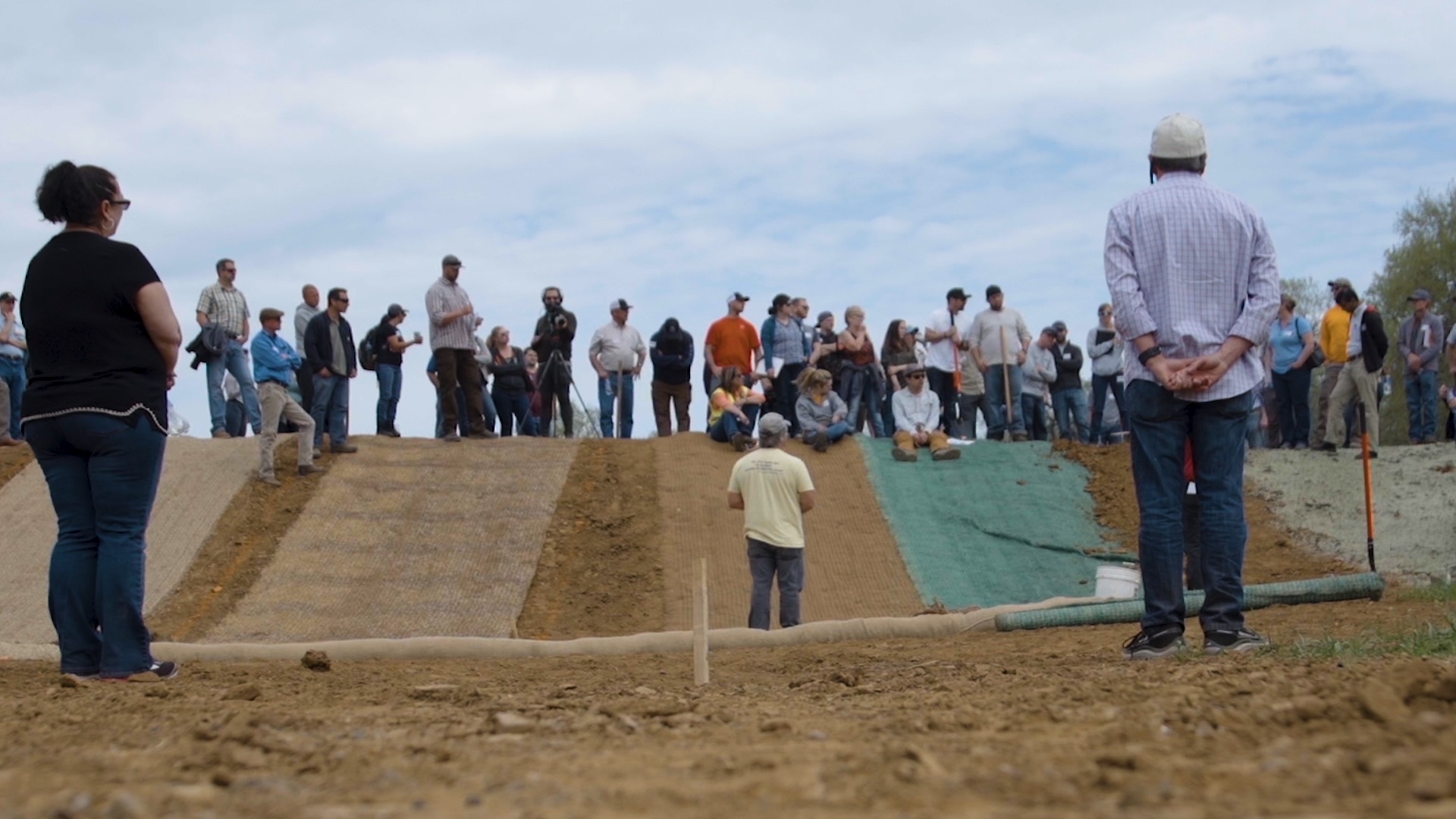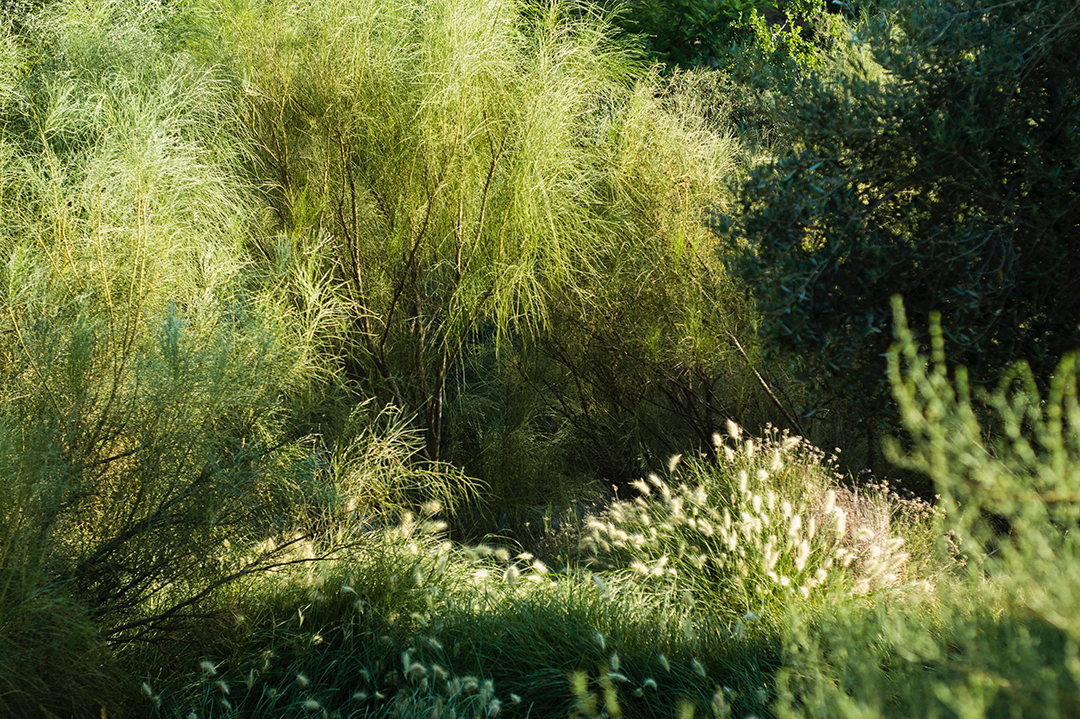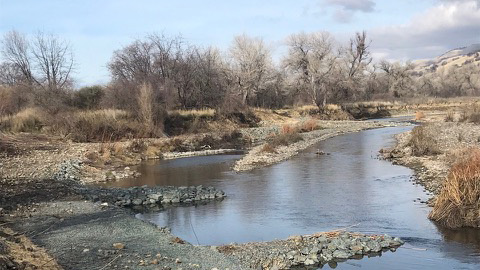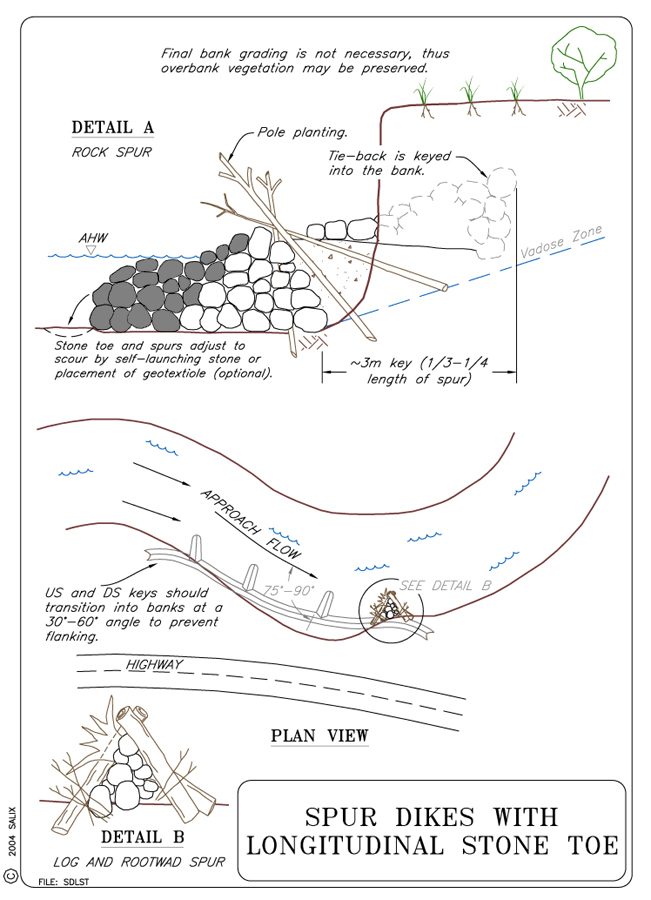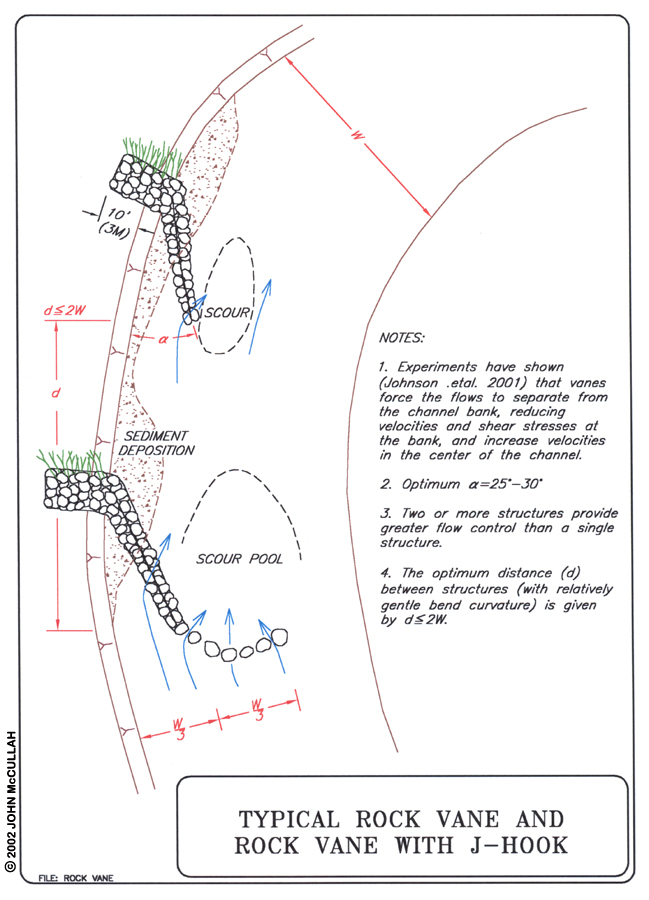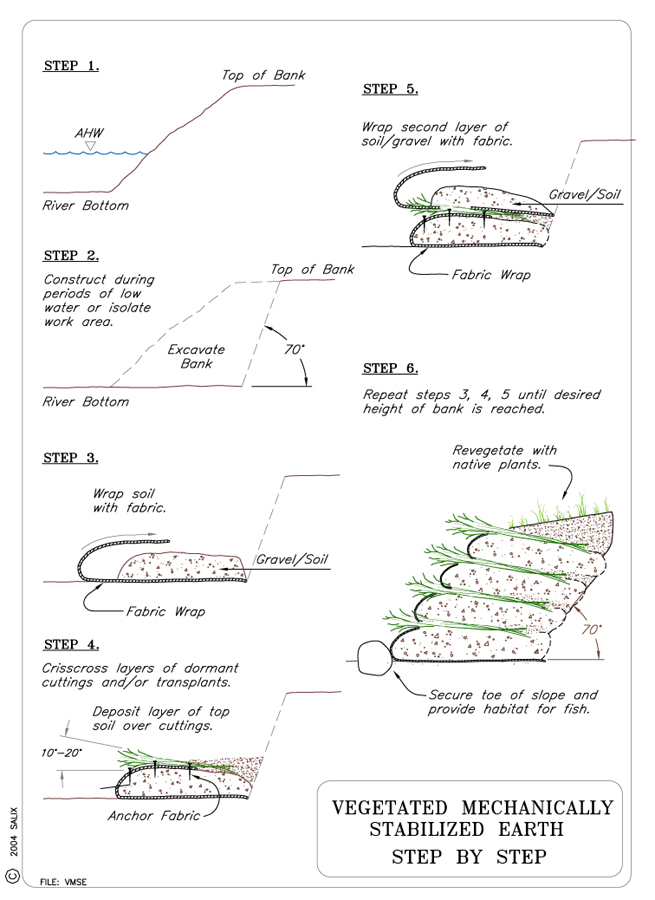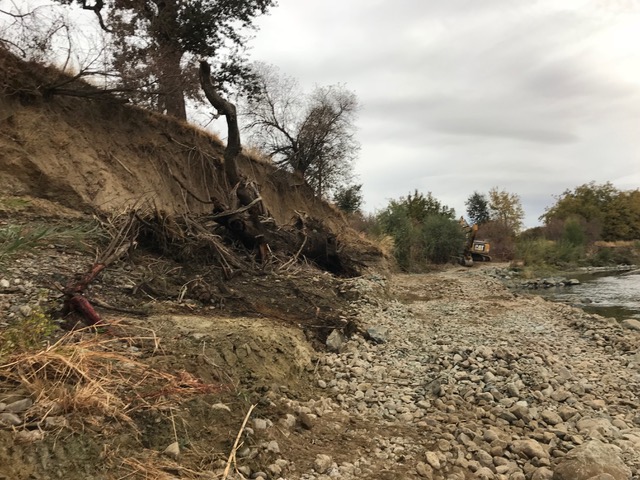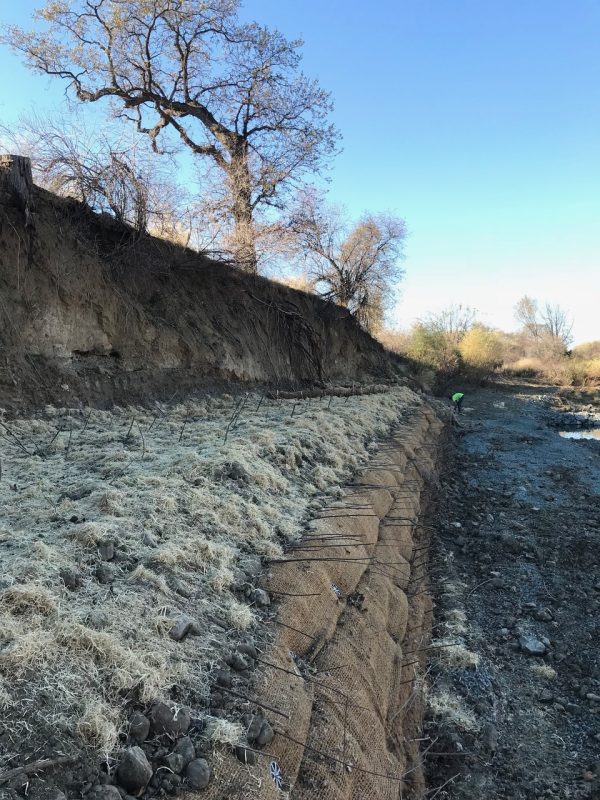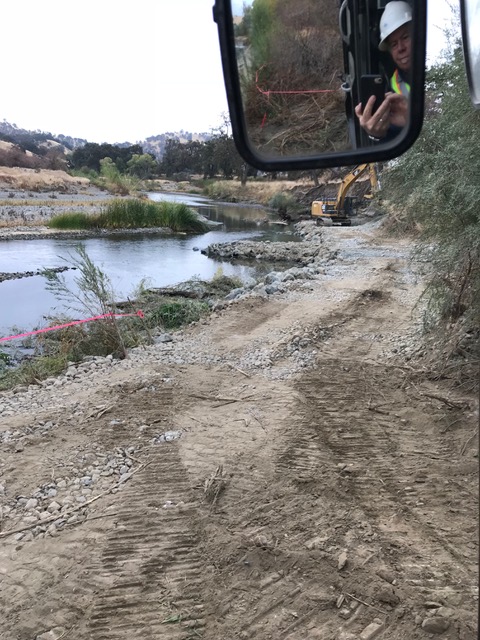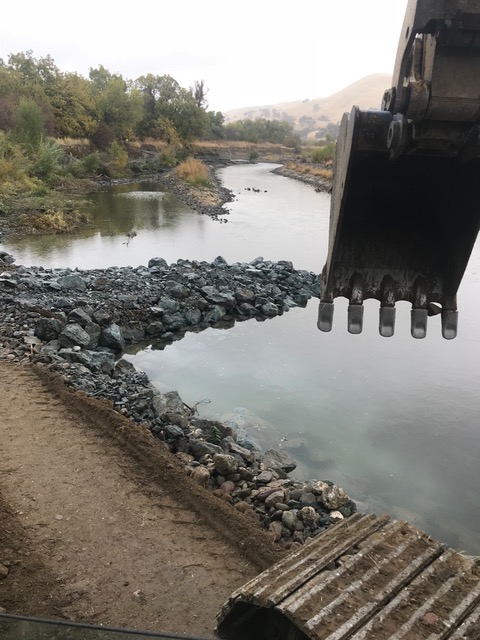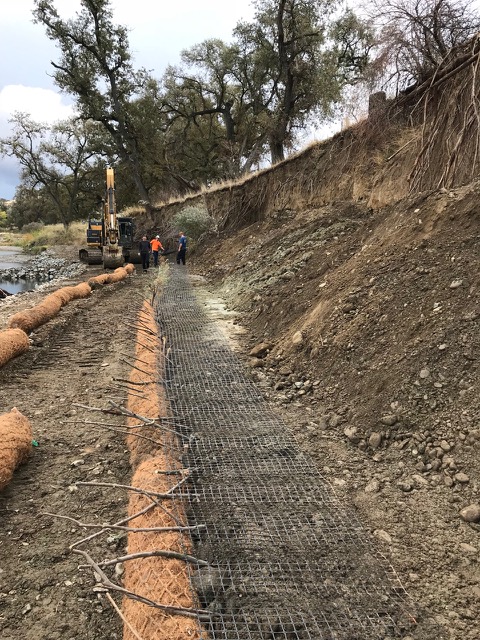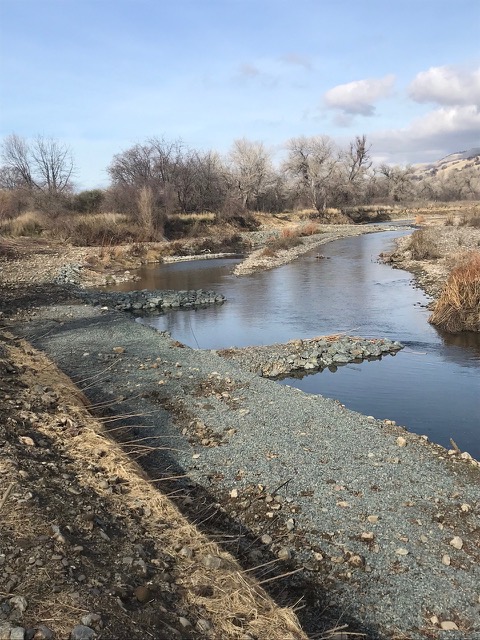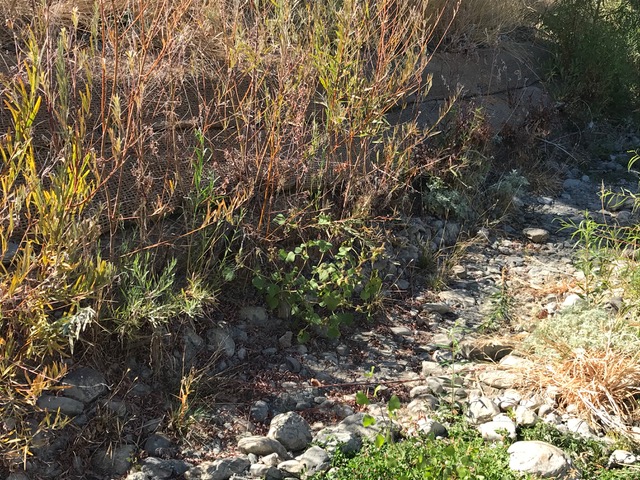Posted at 14:54h
in
Tip of the Week
The practice of erosion and sediment control has evolved dramatically over the past decade. The Clean Water Act sections, including NPDES, now require sampling and reporting, accountability by certified professionals, and continuing education. The bottom line is Storm Water Pollution Prevention Plans (SWPPPs) must be effective and a certified professional must take professional responsibility by signing off on the plan and BMPs. So the BMPs, which are the “tools of compliance,” must be effective.

Figure 1 Caltrans FEC Training demonstrating the installation of silt fence within CT right-of-way in Compton CA, 2006

Figure 2 A forerunner to the Shasta College ECTF – CalTrans Field Erosion Control (FEC) training for CT District 7. This, one of 200+ trainings, site was on location off Wilmington Blvd. in Compton CA. – demonstrating the CT-developed Curb Inlet Gravel Bag Barrier. Note bags filled with clean 3/8″-3/4″ gravel, bags are not placed directly in front of inlet and hooked to reduce protrusion into roadway.
Selecting, implementing and monitoring effective BMPs require not just knowledge but significant BMP experiential “wisdom.” This hands-on experience is necessary even for certified professionals like the Professional Engineer, Registered Geologist, CPESC, CISEC and CESCL. These disciplines do not generally have BMP installation curriculum as part of their degree requirements. The increasing need for effective BMPs is going to require experiential, hands-on learning. Shasta College Erosion Control Training Facility provides a prototype for what a state-of-the-art training facility might look like.
The main campus of Shasta College is located in Redding, California, approximately 160 miles north of Sacramento, while the District spans more than 10,000 square miles of rural Northern California, a geographical region is characterized by the agricultural and ranch lands to the south and then ‘ringed’ by mountainous-forested regions to the east, north and west. The District offers general education, transfer and career-technical programs, and basic skills education.
Of interest in relation to this paper is the fact that Shasta Dam, the 8th eighth tallest dam in the United States, impounds Shasta Lake, which is the largest reservoir in the state. Therefore, some of the region’s greatest commodities, —clean water and hydroelectric power—, are produced here. Also noteworthy are the potential impacts to riparian-aquatic habitats of salmonids from the dam and the erosion and /sedimentation produced by the untreated hydroelectric power transmission lines access roads.
It’s not Rocket Science or Brain Surgery – it is much more difficult!
As a few of my erosion and sediment control trainer-colleagues and I occasionally point out, “The practice of BMP selection, implementation and management is not brain surgery—it’s much more complicated!”
Added to the complexities in the practice, it is also very difficult to acquire well-rounded BMP education without extensive on-site experience. The state-of-the-art for Erosion and Sediment Control has continued to improve dramatically over the last few decades. Education and awareness, coupled with enforcement, have provided, though not perfectly, the impetus to move this field of work into the desired realm of cost-effectiveness – with effectiveness as the primary driver.
I graduated from College in 1984 with a degree in Geology and Forest Hydrology and promptly became a Landscape Contractor. I was only two years out of college and a newly qualified CPESC in 1986, when I drew up my first BMP Fact Sheet for the Santa Cruz County Resource Conservation District in 1986. At the time of my hire, the District needed a handout for landowners who had problems with erosion at the outlets of drainage pipes and culverts. Thereby. my first BMP was for an energy dissipator. After research, I copied and modified a BMP that utilized rock and old tires, placed at the outlet of “perched culverts.” Following that introduction to BMPs, in 1992 I produced the first Erosion Control Manuals for both Shasta County and the City of Redding.
I suspect that the straw bale barrier BMP has persisted so many decades is not because it is low-cost and effective, but because a relative “novice” (or apprentice) was given the task of developing a BMP manual or specifications. They simply did what I did—reviewed the publications, copied the BMP, may be modified it a bit—and one of the most ineffective and impractical BMP was re-introduced to the industry again!
I found through the years that effective erosion prevention and sediment control requires knowledge—knowledge of the physical principles involved, like shear stress and energy from raindrop impact, knowledge of plants and organic materials and knowledge of construction practices. But to be a really effective BMP practitioner, one must gain wisdom to augment that knowledge. Wisdom sometimes comes from the realization that knowledge can only get one so far.
The success our industry has in reducing sediment and other pollutants discharged to rivers and streams is directly proportional to our understanding of the BMPs. Much of my early BMP experience came from knowledge gained in college, augmented by my construction experiences and then honed and focused by reviewing and analyzing all the BMP manuals I could get my hands on. The wisdom came from the numerous mistakes I made in the field and the desire to not repeat them. I gained wisdom when, in 1994, I rescinded the recommendation of using straw bales for sediment control by removing that BMP from Erosion Draw and any other BMP Manuals I authored or co-authored.
There is a gap in current erosion and sediment control training if the goal is to graduate or certify professionals who have the prerequisite experience and knowledge necessary to select, implement and inspect an effective erosion control plan. In my experience, the most effective erosion and sediment control training courses or methods of instruction (pedagogy) offer experiential, hands-on, and in-the-field elements that teach to the BMP.
Videos are another way to provide limited experiential learning. The popularity of YouTube videos is a testament to the desire for experiential learning and the effectiveness of how-to videos.
Field Trainings
Between 2000 and 2009, I was one of several training consultants under contract with Caltrans through URS and AEI CASC to develop and present Caltrans Construction Stormwater Pollution Prevention Training. There were five training modules, and each module was a one-day class taught by two instructors—except for Module 2. The most popular course offered by Caltrans, Module 2 – Construction Site BMPs and Field Application was a two-day class because it comprised one day in the classroom and a daylong field exercise.
This was by far the most popular course offered by Caltrans. David Franklin and myself I were the primary instructors for Module -2 Field Erosion Control (FEC) Training, which g. The FEC was facilitated by contracting with a landscape construction company to be on site with a flatbed truck and a Finn T-60 Hydroseeder. The truck was loaded with materials such as various hydromulches and tackifiers, a bale of straw, silt fence, a sampling of erosion control blankets, gravel bags and fiber rolls. Various staples, anchors, shovels and sledges rounded out the equipment. Training sites were located all over the State; depending on which district the course was taking place in, usually within a Caltrans right-of-way.
I estimate that we taught the FEC course more than 200 times in the early 2000s.
We primarily wanted to demonstrate how hydromulches are used and what 2000# /ac of BFM looks like compared to 4000# /ac that was specified. We demonstrated what it really took to install a silt fence and how difficult it was to install with the required 12 inches in the soil if wooden stakes are already attached. The inspectors got to see that if the silt fence had 12 inches below ground, as specified, then a tape measure could verify proper installation in that no more than 2 feet extended above the ground. We showed the Caltrans-approved method for placing gravel bags for inlet protection. The attendees spread straw by hand at premeasured rates of 1T/ac and 2T/ac in order to see what 2T/ac of straw mulch looked like and then how to tack it down. The Caltrans attendees got to see Type-1 (a stake through the fiber roll at 4 feet O.C.) and Type-2 Fiber Roll installation, where Type 2 required no trench and used stakes staggered at 2 feet and lashed with a ¼-inch rope. They got to then use their hands to see how well the roll hugged the ground.
Shasta College Erosion Control Training Facility
The Shasta College Erosion Control Training Facility (ECTF) was born from these experiences. Shasta College has had a Heavy Equipment (construction) Operations and Maintenance Certification Program for more than 20 years. Our Equipment Program has grown through the years and continues to do so. We have an active group of academic advisors from the private sector, advising us to the local industries’ future needs. Grants and District matches have increased our equipment inventory to include a 2000ga water truck, Komatsu excavator, bulldozer and motor grader. We have two backhoes, a Cat grader/tractor and an older D-6 Dozer.
Program topics include safety, starting/stopping techniques, job cost analysis, moving soil, watershed restoration, and ecosystem sensitivity. The last two topics are taught through the required watershed restoration class. We determined a training facility would have slopes and flats and drainage facilities. The administration approved the use of nearly 6 acres in the southeast corner of the campus for this purpose.
The ECTF provides a year-round practice facility for the Heavy Equipment Program and a unique facility for the annual BMP Summit. Usually scheduled for April, the summit invites about 100 attendees for professional-scale BMP training. We also invite manufacturers and suppliers to exhibit at the Summit. A limited number of exhibitors are invited to also showcase their products in the field. This pedagogy then provides theory followed practical demonstrations.
The college has a Finn T-60 Hydromulcher, two static silt fence installation machines and a “barn” full of erosion and sediment control materials. We have a full complement of RECPs, including biodegradable and blankets and mats stitched with more permanent netting. We demonstrate hydromulches derived from wood fiber to straw fiber. We demonstrate and explain what BFMs are and what it means, with regards to application methods and quantity, to achieve 100% coverage.
We also demonstrate the use of compost and compost blankets. Additionally we will demonstrate how to cost-effectively install silt fence and even more cost-effective sediment control barriers such as compost socks, compost berms, fiber rolls and coir rolls.
New products and methods are always an exciting part of the Summit. These include Coir products, Compost materials, the new line of Biotic Soil admixtures that can be applied with Hydraulic Mulches, and innovative runoff control materials like TRMs, Scour Stop, and Shoremax. Rumble strips to prevent track out of mud to the streets.
Additionally, Shasta College will demonstrate the Skimmer Outlet Sediment Basin that along with Coir Netting baffles will present the best end-of-line sediment control available. Even then we will drain stormwater to a designed bioswale.
The annual BMP Summits at Shasta College have been well received and the attendee evaluations reveal a positive experience. We have a dozen or more repeat attendees, including SWPPP implementation contractors, DOTs, municipalities, State Water Board and RWQCB staff, construction crews, transmission line, railroad and more. Most satisfying are the benefits to our students. Students enrolled in Heavy Equipment technology and Natural Resources are gaining invaluable experience and exposure to an expanding universe with regards to career choices. Additionally, BMP wisdom will probably serve them well in the future.

Figure 3 In 2016 representatives from Frances EPA (ONEMA) attended classes. Their experience contributed to a recently published French Erosion Control Manual. Here ONEMA representative attempts to pull out silt fence installed by slicing. SC has two machines, the Tommy and the McCormick.

Figure 4 In 2018 the BMP Summit was followed by CISEC Training, it rained the day after installation so the CISEC students were given a real-life experience.
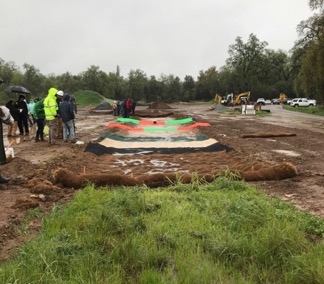
Figure 5 SC has engineered a channel with water source for demonstrating TRMs and Ditch Checks


Figure 6 At the ECTF trainings we spend time explaining and demystifying the various Hydromulches and Compost applications. Wood and straw hydraulic mulches, BFMs, and tackifiers are handled and then sprayed. The student inspector gets to ‘calibrate’ their eye to 4000#/ac vs 2000#/ac, learn what 100% coverage means, what does Straw Mulch at 2T/ac look like, how do you Tackify Straw and how is compost applied using a blower truck?


